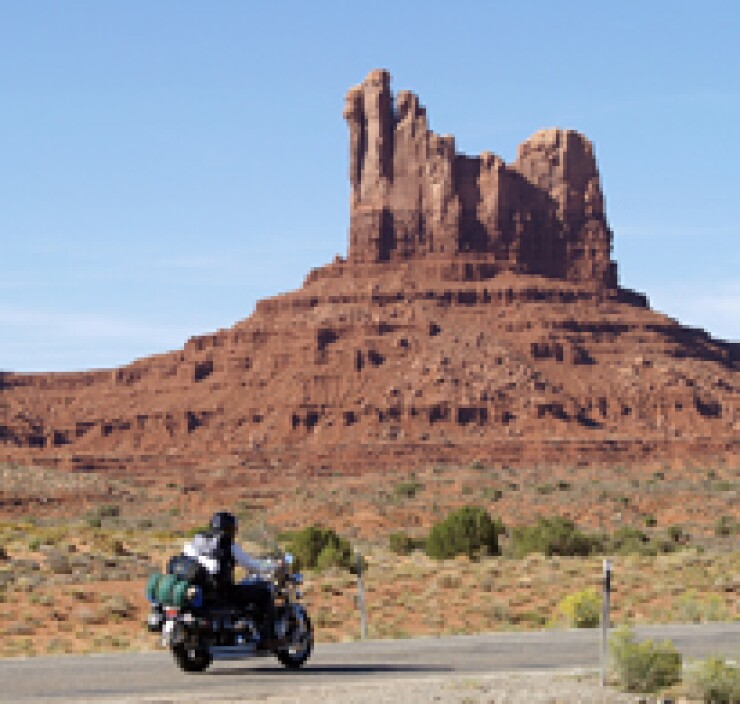
The effort to bring mortgage lending to American Indian reservations moved slowly ahead last fiscal year, federal data show.
The Department of Housing and Urban Development’s
The $52 million of mortgages extended to borrowers on reservations last year topped the $48 million in fiscal 2012. The number of loans made, however, actually declined from FY 2012 to FY 2013, from 467 to 392.
The HUD program is actually a guarantee program, not direct government lending. Private lenders like Wells Fargo (the largest lender to Indians at $1 billion in 2012, according to Home Mortgage Disclosure Act data) extend the mortgages, which are 100% guaranteed by the government. The
There are problems of poverty, lack of credit histories and lack of real estate or lending infrastructures on reservations, which tend to be in remote, rural areas. There was also active redlining of reservations, which at least two subprime lenders had to pay settlements on in the last decade.
The biggest barrier, though, is land status. Much reservation land has “trust” status, meaning it is owned by the government but held in trust for tribes, or individual Indians (“allotted” status). It is not easy to mortgage. Imagine trying to get a mortgage in Yellowstone Park or other government land as an analogy.
The General Accountability Office surveyed Indian Country (in aggregate about the size of Utah) in the years 1992 to 1996 and found just 91 mortgages made for all reservations in the country in total (or about 18 per year). Interestingly, those loans were made on only two of the country’s more than 200 reservations, and in both cases the tribe owned a piece of the lending bank.
Looking at the HUD spreadsheet for the program, in contrast, 1,700 mortgages have been made on reservations in the last five years. Since the program started lending in the mid-Nineties, 3,300 mortgages and $382 million in mortgages have been made in Indian Country.
However, the HUD 184 is not limited to reservations, and its lending volume off-reservation is multiple times the reservation volume. In total, 23,000 mortgages have been made to Indians, for $3.7 billion in finance.
This has caused some grumbling among Indian mortgage advocates, who want to see more lending on Native homelands. Tom Wright, who directs the HUD program, acknowledged to the National American Indian Housing Council’s annual meeting that he’d also like to see more lending on reservations. However, he said the majority of “fee simple” (private property) lending under the HUD 184 has been directly adjacent to reservations in the border areas where many Indians live.





